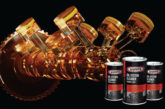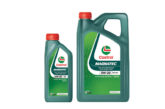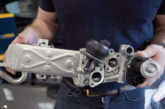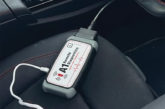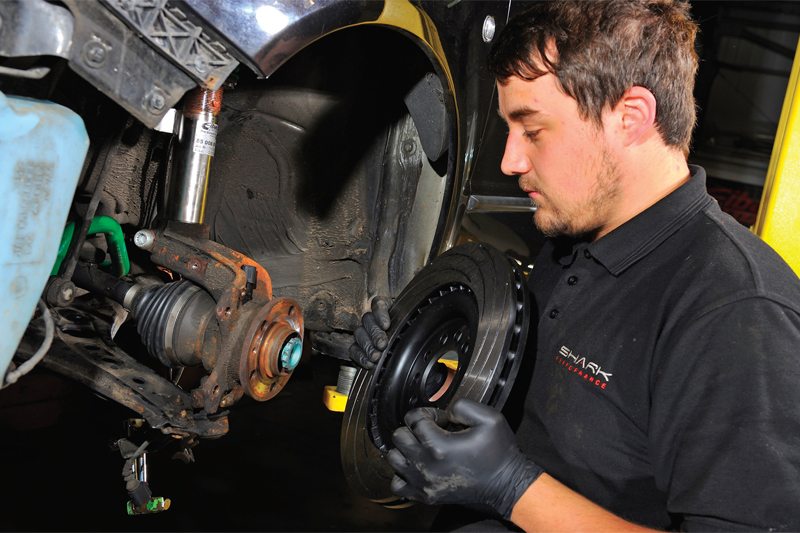
TAROX, the high performance brakes manufacturer, has put together a series of technical articles that outline best practice advice for brake repair and maintenance. First up is the importance of a clean hub.
It sounds simple, but a clean hub-mating surface is of paramount importance. Thorough cleaning of the hub is essential as it ensures that the disc has a flat surface to mount to. The mounting surface must be clean, free from rust and burrs. This is especially important on older cars that may have seen improper disc changes in the past. When cleaning the hub surface you should be looking to achieve a bright metal finish before securing the disc to the hub. If the hub surface has dirt or rust present, the disc will not spin true, which will cause wear problems and reduced performance.
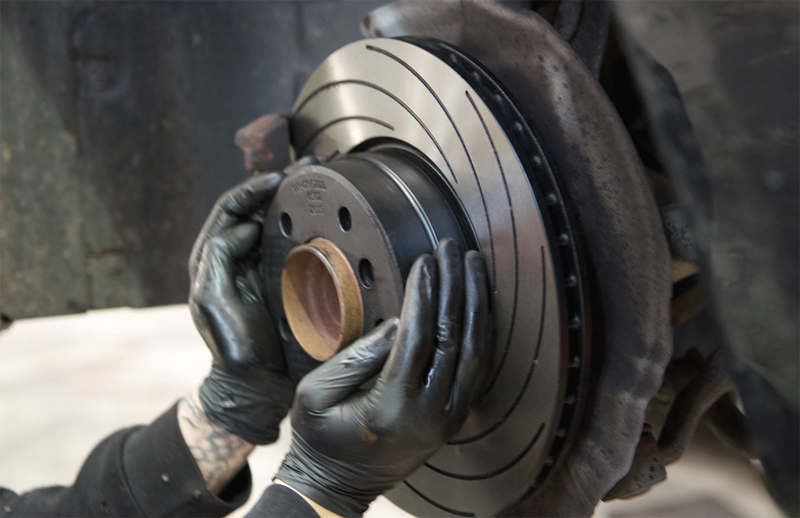
Any lateral movement of the disc is known as ‘run-out’. Even very minimal runout at the hub face is amplified on the larger diameter disc face, and is the primary cause of brake vibration and judder. Excessive runout leads to uneven wear of the disc, which is eventually felt by the driver as vibration through the brake pedal. This usually occurs around 3,000 to 4,000km after installation.
A common misconception is that this vibration is due to the disc being warped from overheating, but this is rarely the case. Almost all cases are caused by improper fitment – in fact, 90% of TAROX warranty claims relate to improperly fitted discs.
Top tips for fitting
Now that we have identified the problem, how can you avoid it? Here are a few points to remember when fitting new discs:
- Remove the caliper from the hub. You can keep the brake line connected, but ensure the weight is supported
- Never leave the caliper suspended from the flexible brake hose
- Unbolt and remove the worn brake disc
- At this point, check that the new discs are dimensionally identical to the old ones. It may be possible that the car has had different size brakes fitted at some point in its life – it is essential to find out if this is the case before the new discs are fitted, in order to return them and have suitable discs supplied
- Remove any corrosion and dirt from the mounting surface on the hub using abrasive paper or a wire brush. A ‘metal bright’ finish is essential to avoid run-out and uneven wear – this is the most important point to take notice of
- Do not be tempted to paint or lubricate the disc to protect it from corrosion unless specified – TAROX discs come ready to fit without any prep work
- Secure the new disc to the manufacturer’s recommended torque
- Inspect the caliper for wear, ensuring that all moving parts such as sliders and pistons are freely moving and working correctly
- Refit the caliper and tighten the bolts in line with the manufacturer torque settings
- There should be no need to modify the pads to fit – tapering or any other modification to the pad is not recommended
- Avoid using copper grease when installing new pads, as it can corrode alloy components. A non-metallic high temperature lubricant should be used
- If the brake hose has been disconnected, reconnect and bleed the brakes
- Before moving the car, pump the brakes to reposition the pads and ensure even contact. This settles the pads and ensures even wear
Bedding in
Now that the disc is fitted correctly, it is crucial to bed them in for optimum performance. Bedding in is the most important step to achieve the highest level of performance available for a set of discs. Improper bedding limits performance for the life of the disc. The flatter the surface the better the braking can be, but the pad must be given time to bed into the brake surface before being used to its full potential.
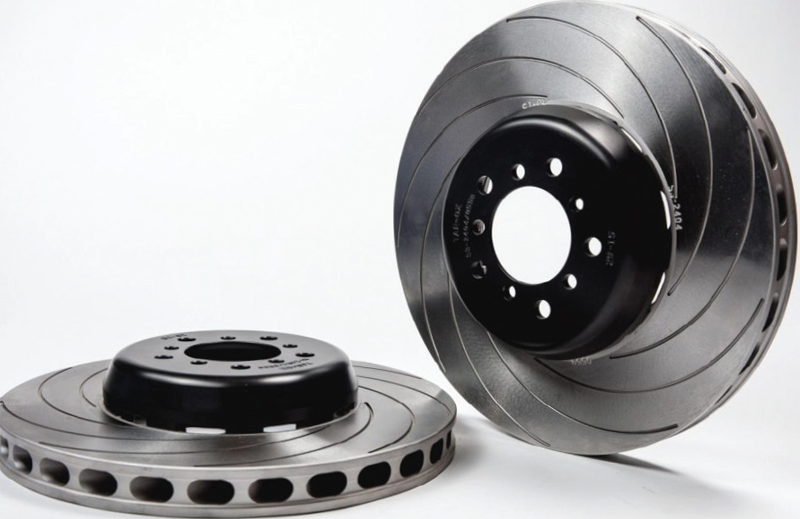
Light braking is not essential, but avoiding premature overheating is – reiterate to your customers that they need to gradually get their new discs used to the pads, which requires some patience. Force can be placed on the brake pedal, but only at average speed and for short durations without continuous cycles to avoiding a build-up of heat.
Unless there is an emergency, braking hard to a dead stop should be avoided where possible. After 300 – 500 miles of this progressive driving style, brake disc surface should be inspected. There should be a visible contact patch across the whole surface of the disc, with very little discolouring. Any colour on the disc should be from pad transfer to the disc, and not from heat. The colour should also be uniform across the full disc surface.

